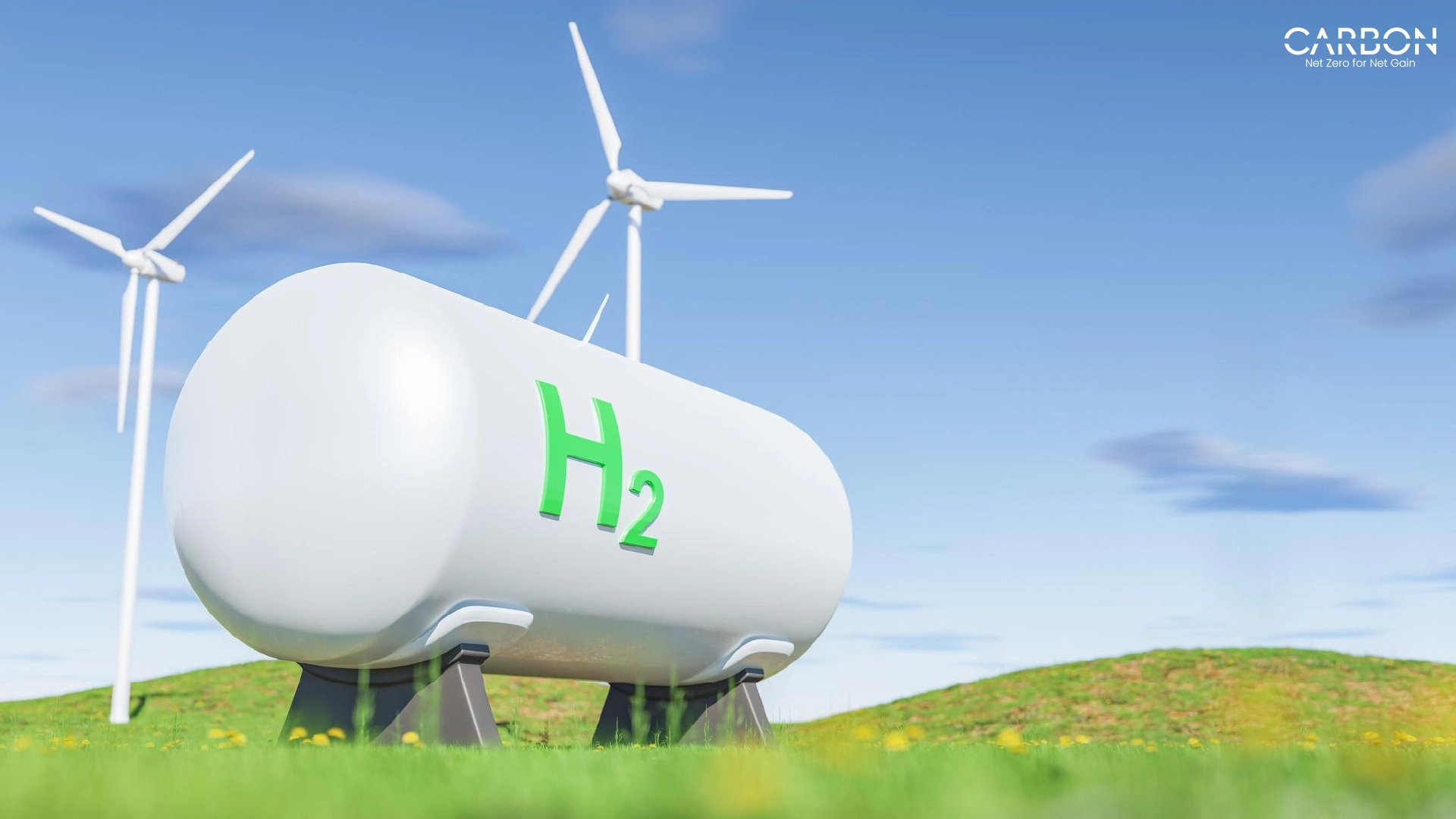In the quest for lower emissions, oil and gas leaders often focus on big-ticket solutions: carbon capture, renewable energy integration, or emissions offsets. Yet, the biggest opportunities often lie hidden in plain sight—within the daily inefficiencies of their own operations.
Think of an engine running on low-quality fuel. It works harder, consumes more, and releases more emissions, but the problem isn’t the engine—it’s what’s feeding it. Oil and gas operations are no different.
From overworked generators to heat losses in process systems, inefficiencies drive up both costs and emissions. And without addressing these root causes, sustainability remains out of reach.
This is where comprehensive energy audits make the difference. By analyzing how energy flows across operations, audits uncover emissions-heavy inefficiencies and provide actionable strategies to eliminate them.
They don’t just measure—they transform, turning carbon hotspots into opportunities for long-term reductions.
In this blog, we’ll explore the ways to reduce carbon emissions at the source through energy audits for oil and gas companies — from pinpointing inefficiencies to leveraging tools like energy flow mapping and real-time monitoring. For leaders ready to align profitability with sustainability, the first step starts here.
What Is a Comprehensive Energy Audit, and Why Does It Matter for Emissions?
We always say, emission reduction starts with understanding where they come from—and that’s where comprehensive energy audits excel.
Unlike routine inspections or surface-level reviews, these audits dig deep into the energy flows of an operation, analyzing every system, process, and piece of equipment to identify inefficiencies that drive carbon output.
How Do Energy Audits Work?
Energy audits create a detailed map of how energy is consumed across operations, from fuel combustion to heat recovery and power generation. They focus on uncovering emissions hotspots, such as:
- Overworked turbines and generators consuming excess fuel.
- Heat losses in poorly maintained or calibrated equipment.
- Energy wasted by standby systems running inefficiently.
Audits then provide actionable recommendations tailored to the operation’s specific needs, enabling leaders to address inefficiencies at their root rather than treating symptoms.
If you need help with energy audits, contact CarbonMinus today. We have real-time energy dashboards, proactive alert mechanisms, and advanced AI analytics to help you know exactly where resources are draining away. Book a demo at www.carbonminus.com and see our platform in action.
Why Are They Essential for Emissions Reduction?
The oil and gas industry faces increasing pressure to decarbonize, and comprehensive energy audits offer a direct path to meaningful reductions:
- Baseline Creation: Audits establish a clear carbon footprint, helping companies identify where reductions can have the greatest impact.
- Targeted Improvements: By pinpointing inefficiencies, audits enable focused upgrades that optimize energy use and minimize emissions.
- Data-Driven Decisions: Insights from audits support smarter investments in technology and processes, ensuring maximum returns on sustainability initiatives.
How Inefficiencies in Energy Use Contribute to Higher Emissions
Far from being just diagnostic tools, comprehensive energy audits offer a strategic approach to cutting emissions.
You’ll realize their importance more because operational inefficiencies in oil and gas are often like small leaks in a pipeline—individually unnoticeable but collectively responsible for significant losses. These inefficiencies not only increase energy consumption but also amplify carbon emissions, creating “emissions hotspots” that undermine sustainability efforts.
What Do Inefficiencies Look Like?
- Overworked Generators and Turbines:
- When equipment is run at suboptimal loads or poorly calibrated, it consumes more fuel than necessary, producing excess CO₂.
- Example: A generator operating at only 70% efficiency could burn 20% more fuel than required to meet the same output.
- Heat Loss in Process Systems:
- Unrecovered heat from exhaust gases or poorly insulated equipment escapes into the environment, wasting energy and increasing emissions.
- Example: Inefficient heat exchangers can cause systems to lose up to 30% of their thermal energy.
- Standby Systems Consuming Idle Energy:
- Equipment left running during low-demand periods or downtime still consumes energy, contributing to unnecessary emissions.
- Example: Pumps or compressors on standby mode may operate at partial load, adding to operational waste.
Why Do These Inefficiencies Matter for Carbon Reduction?
- Compounded Emissions:
- Inefficiencies magnify emissions across interconnected systems. For instance, excessive fuel consumption in one system forces downstream processes to compensate, escalating carbon output.
- Higher Costs and Lower Margins:
- Fuel inefficiencies drive up operational costs, squeezing profitability in an industry already facing pressure to reduce emissions affordably.
- Regulatory Risks:
- As governments tighten emissions standards, companies that fail to address inefficiencies risk penalties, reputational damage, and missed opportunities to participate in carbon markets.
How Do Energy Audits Uncover Hidden Carbon Hotspots?
Reducing emissions starts with knowing exactly where they’re coming from. Comprehensive energy audits do more than skim the surface—they dig deep into operations to find hidden carbon hotspots and turn inefficiencies into opportunities for reduction.
Can Energy Flow Mapping Reveal the Invisible?
Yes. By analyzing how energy is consumed, transferred, and lost, energy audits create a detailed map of operations.
- Example: A heat recovery system might reveal significant losses in a poorly maintained exchanger, identifying a clear opportunity for improvement.
What’s the Role of Digital Twins in Cutting Carbon?
Digital twins create virtual replicas of operations, allowing companies to simulate changes and predict their impact on emissions without disrupting real-world processes.
- Example: A refinery’s digital twin could simulate adjustments to a combustion system, showing how small tweaks reduce fuel consumption and CO₂ emissions.
Which Systems Contribute the Most to Emissions?
Audits focus on high-impact areas like turbines, boilers, and compressors to detect inefficiencies causing unnecessary carbon output.
- Example: A misaligned compressor might require 10% more fuel than necessary, needlessly increasing emissions.
How Do Targeted Improvements Make a Difference?
- Upgrading Efficiency: Retrofitting old equipment with energy-efficient components reduces emissions and fuel use simultaneously.
- Heat Recovery in Action: Waste heat can be captured and reused, slashing energy consumption.
- Operational Optimization: Equipment recalibration ensures energy is only used when needed, cutting down on waste and carbon.
Can Real-Time Monitoring Keep Emissions Under Control?
Identifying inefficiencies with an energy audit is just the first step—keeping emissions under control requires continuous vigilance. That’s where real-time monitoring comes in, transforming static audits into dynamic, ongoing solutions for managing carbon output.
What Does Real-Time Monitoring Do?
Real-time monitoring systems use IoT sensors and advanced analytics to track energy use and emissions across operations.
- Example: Sensors on turbines can detect small performance drops, alerting operators to recalibrate and avoid excess fuel consumption and emissions.
Can AI Predict and Prevent Emissions Problems?
Yes, and it’s a game-changer. AI-powered monitoring systems analyze patterns in energy use to anticipate inefficiencies before they escalate.
- Example: Predictive analytics can identify when a compressor is nearing inefficient operation, allowing preemptive maintenance to minimize emissions.
How Does Real-Time Monitoring Help Offshore or Remote Sites?
Offshore and remote oil and gas platforms face dynamic energy demands due to environmental and operational changes. Real-time monitoring ensures systems adapt seamlessly.
- Example: During fluctuating weather, monitoring tools optimize load balancing to prevent fuel overuse and unnecessary emissions.
Why Combine Real-Time Monitoring with Energy Audits?
- Sustain Improvements: Real-time data ensures changes made after an audit remain effective over time.
- Dynamic Adjustments: Monitoring systems make continuous tweaks to optimize operations as conditions change.
- Proactive Decision-Making: Access to live data helps operators respond to inefficiencies immediately, keeping emissions in check.
How Do Energy Audits Balance Sustainability and Profitability?
We also know that cutting carbon emissions often feels like a trade-off: reducing emissions can come at a high operational cost, while prioritizing profitability might delay sustainability goals. But with the precision and insights offered by comprehensive energy audits, oil and gas companies can achieve both.
Can Audits Reduce Costs and Carbon Simultaneously?
Yes. By targeting inefficiencies, audits lower energy consumption, which directly reduces both fuel costs and emissions.
- Example: Optimizing turbine performance can decrease fuel use by 15%, saving money while cutting CO₂ output.
How Do Audits Build Regulatory Confidence?
Regulators are demanding greater transparency and measurable progress toward emissions targets. Energy audits provide clear data on where reductions are being made and the impact on overall carbon output.
- Example: Audits help companies stay ahead of tightening emissions standards, avoiding fines or operational restrictions.
What’s the Business Case for Emissions Reductions?
- Market Differentiation:
- Companies demonstrating clear emissions reductions improve their ESG profiles, making them more attractive to investors, partners, and customers.
- Carbon Market Readiness:
- With robust emissions data from audits, companies can participate in carbon trading schemes, turning reductions into revenue opportunities.
How Do Audits Future-Proof Operations?
- Technology Integration:
- Audits provide a roadmap for integrating low-carbon technologies, such as renewable energy or carbon capture, without disrupting operations.
- Resilience:
- By lowering energy consumption, companies reduce their exposure to volatile fuel prices and operational risks, ensuring long-term profitability.
Reducing Emissions and Drive Impact
Leadership in sustainability isn’t about waiting for mandates—it’s about taking proactive steps to align profitability with responsibility. Book a demo with CarbonMinus today and get a bird’s eye view of your operations to become more sustainable.
Visit www.carbonminus.com.




